Following our QuickRead on Categorising and Prioritising Ideas Part 1, we walked you through some…

ChangeWise Quick Read: 5S
In this Quick Read, we take a look at the 5S methodology. We explore where it comes from, what it is, how to implement successfully, and the many benefits of using the technique in your organisation.
Where did 5S Originate?
5S methodology originated in Japan, and was first implemented by Toyota as part of Total Production System (TPS).
What is 5S?
The 5S pillars, Sort (Seiri), Set in Order (Seiton), Shine (Seiso), Standardise (Seiketsu), and Sustain (Shitsuke), provide a methodology for organising, cleaning, developing and sustaining a productive work environment:
- Sort (整理 – Seiri): Eliminate unnecessary items from the workplace (using the seven wastes)
- Set In Order (整頓 – Seiton): Create efficient and effective storage (workplace layout)
- Shine (清掃 – Seiso): Daily cleaning to sustain the improved state
- Standardise (清潔 – Seiketsu): Standardising and sharing best practice (Standard Operating Procedures)
- Sustain (躾 – Shitsuke): Resisting the return to the “old way” of doing things
It has also become common to add a 6th S linked to Quality, Cost, Delivery, Safety and Morale measures of performance:
- Safety: Improve through better clearing, cleaning, organising & visual control
What are the benefits of implementing 5S in my organisation?
Using the 5S methodology will enable you to increase productivity, reduce variation, allow easier detection of errors and omissions, and provide a simplified work environment that is clean, organised and pleasant for employees.
Imagine if you invited a prospective customer to look around your premises. Nothing conveys a more professional image to a customer than a workplace that is clean, tidy and organised in such a way as to enable its people to be effective at what they do. 5S is the perfect tool for this, and becomes a healthy habit for all to adopt as part of regular, low cost, continuous improvement activities.
How do I implement 5S?
Let’s take a look at each of the 5S pillars in more detail…..
- Sort (整理 – Seiri)
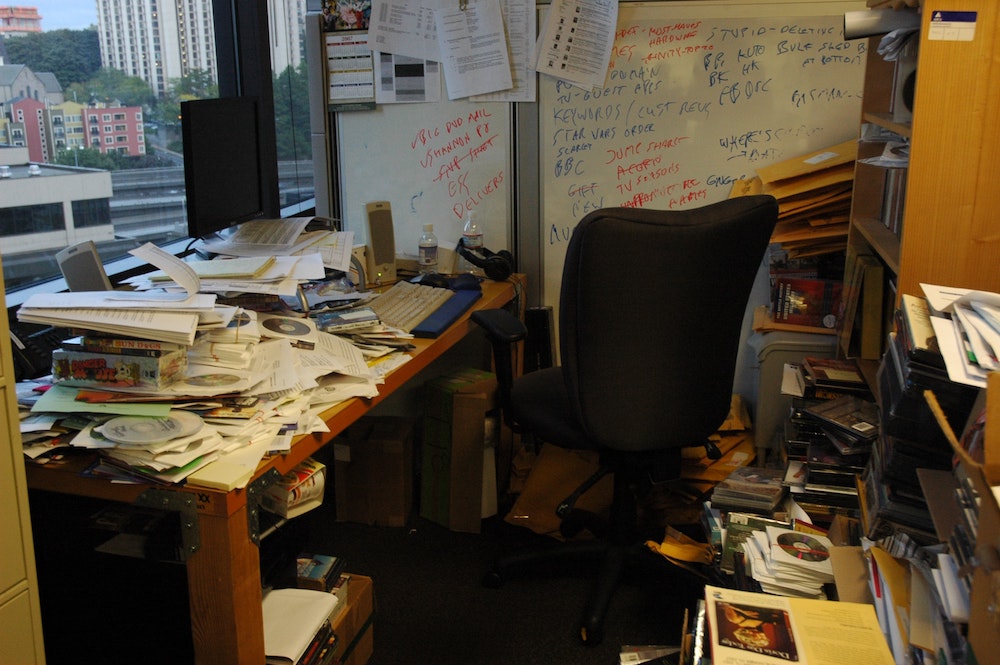
Photo by Wonderlane on Unsplash
The goal of this step is to remove everything from the workplace that is not needed to do the work.
- Get rid of unwanted items – decide what is needed and should be kept, and what is no longer needed – discard using a red tagging exercise.
- Throw out all items not being used or not required; on desks, in cupboards, in store rooms, in drawers, under benches, behind equipment, etc. Aim to reuse, repurpose or recycle.
- Remove everything that is not required for completing the everyday work from the area to a red tag quarantine zone. This means clearly distinguishing between needed and unneeded items and disposing of the latter. This frees up space, removes clutter and obstacles, stops people adding to the clutter, prevents hoarding, gives control over what is in your work area, brings order to the area and most importantly, improves safety.
- Red tag items that the team are reluctant to remove immediately (noting date, location etc.), and place in the quarantine zone / storage area. If it has not been used or it is decided that it is not required after 4 weeks, sell, dispose or destroy.
2. Set In Order (整頓 – Seiton)
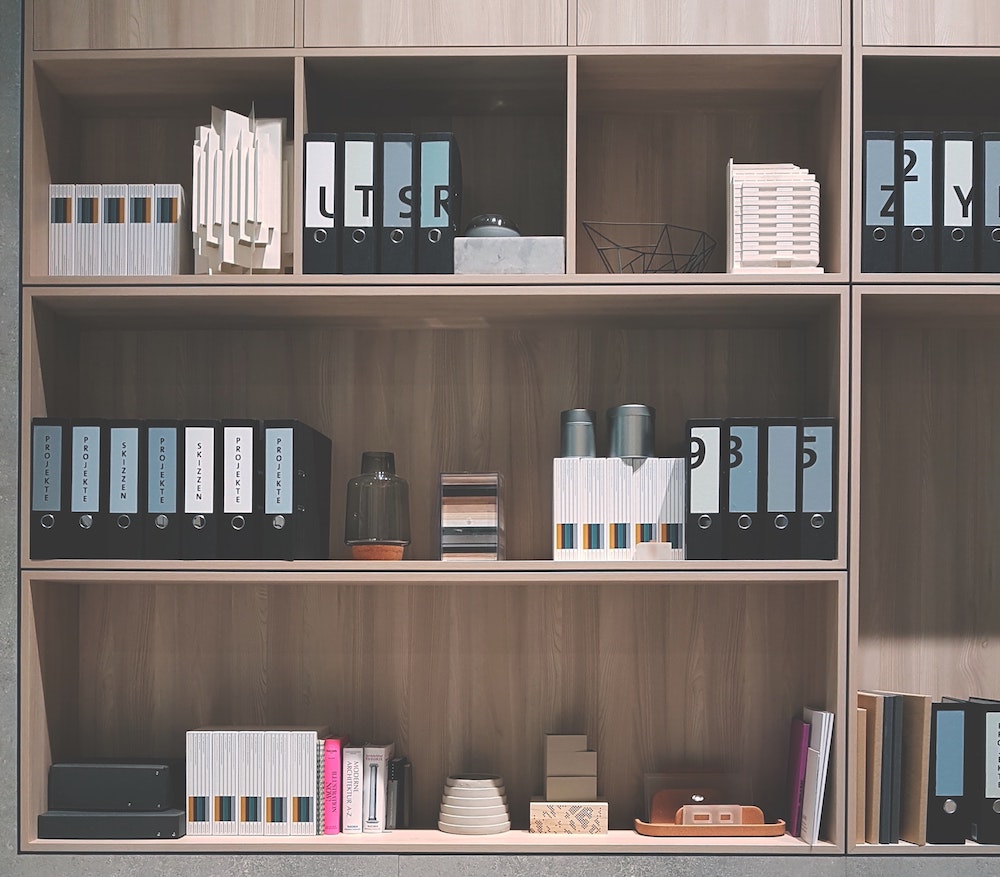
Determine ideal locations for materials/ equipment, put them there and keep them there.
Use clear labels and signage to categorise. Make sure it:
- Is easy to get hold of, is identified and enables good access
- Is always kept in or returned to the same location (e.g. shadow boards
- Helps reduce the distance travelled (use spaghetti diagrams & cells to improve the layout
- Clearly defines the working areas on the floor/desk areas (with clear markings)
- Has a prioritised location based on frequency of use (daily, weekly, monthly etc). For things needed daily, keep close to workstation/desk. If needed weekly, store on section or department shelf and if used yearly, store in an archive or storeroom.
- Shine (清掃 – Seiso)
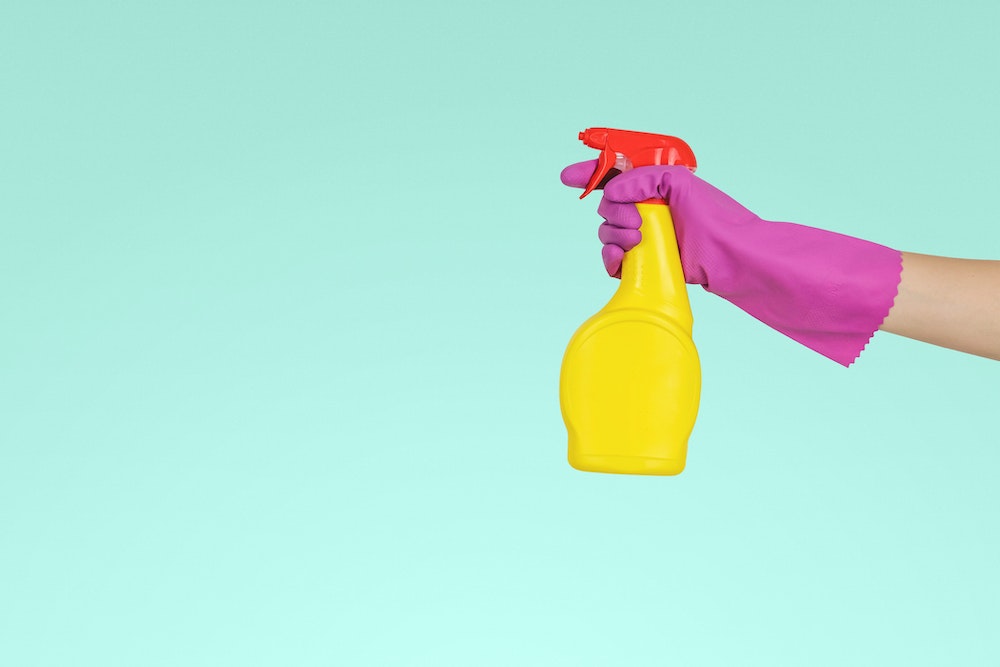
Photo by JESHOOTS.COM on Unsplash
Clean the workplace!
- Clean the workplace and at the same time, visually sweep for abnormalities or out of control conditions.
- Maintain the standards agreed in Sort and Set In Order at the end of each shift/day by tidying up desks or workstations for the next shift or days activities.
- Cleaning and checking regularly (cleaning your car will detect early paint chips that can be fixed before rust sets in, or an oil leak indicates work is needed).
- Checking computers or printers for obvious defects.
- Eliminate dirt, dust and scrap
- Check floor for cracks, clean corners, posts, walkways, cupboards and shelves
- Sweep, mop, polish and dust desks, equipment, tooling and jigs
- Check for abnormalities: Cracks, oil leaks, stains, sharp edges, dangerous items, Health & Safety risks, ventilation, noises, spare parts.
4. Standardise (清潔 – Seiketsu):
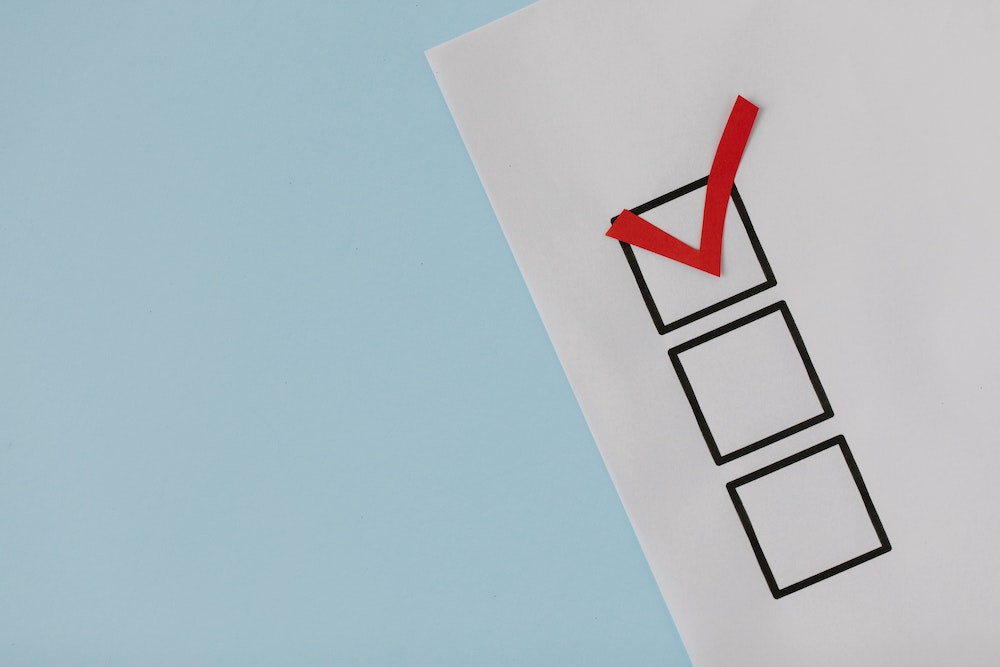
Photo by Tara Winstead from Pexels
Now you are working in a very different environment: clean, tidy and organised. To consolidate the first three S’s, establish standard operating procedures to determine the best practices and find ways of ensuring everyone does things the ‘One Best Way’. Ensure any new starters are able to perform the operations exactly as you do.
Remember! Think creatively to devise new ways of doing things that you have done the same way for years.
- Implement visual management and visual standards. Visual standards will set expectations and maintain Steps 1 to 3:
- Use photographs and version-controlled documents to capture the new standard
- Ensure all areas conform to the standard, e.g. The office will have files in set location and colour code
- The assembly workstation will have all tools ‘marked off’ on the bench.
5. Sustain (躾 – Shitsuke):
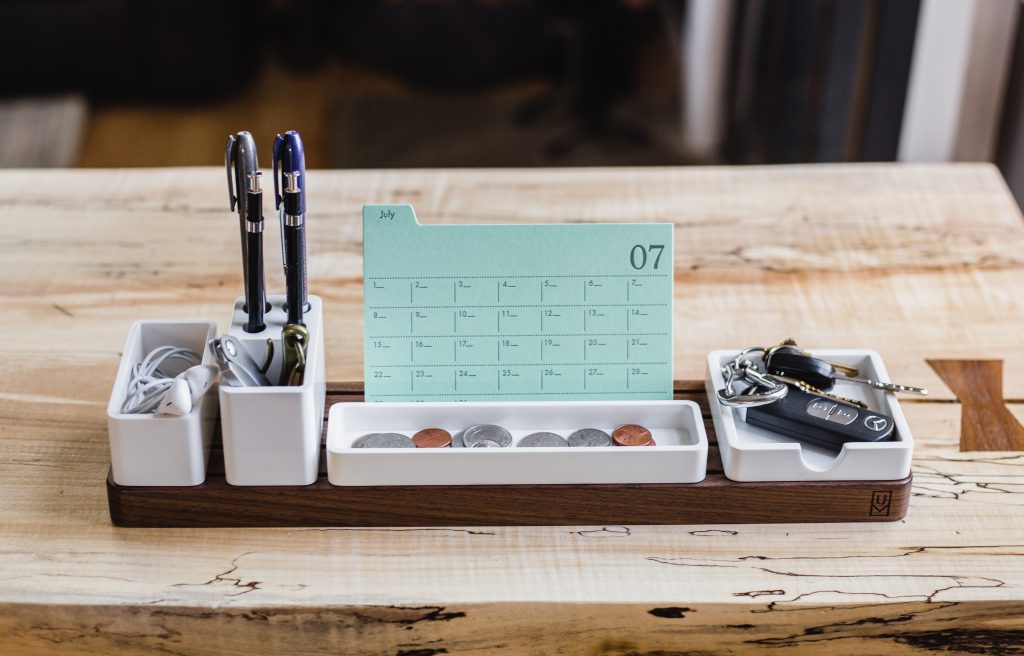
Photo by Jeff Sheldon on Unsplash
To sustain improvements, use 5s Audits, and make further improvements by encouraging effective use of Continuous Improvement. Motivate people though reward and recognition, and to consolidate the progress so far. Make a habit of maintaining correct procedures as a way of life – build them into the fabric of the company.
Remember! This is the most difficult part of 5S and it requires drive and determination to continue, so set up 5S work groups to audit other sections. Be sure to celebrate success.
Finally, don’t forget to 5S the ‘virtual world’, shared workspaces and drives can be very disorganised and often have poor management practices. These areas are ripe for improving team efficiency!
In Summary
5S consists of Sort, Set In Order, Shine, Standardise and Sustain. Using the 5S methodology will enable you to increase productivity, reduce variation, allow easier detection of errors and omissions, and provide a simplified work environment. It will significantly reduce non-value add activity (waste), particularly time spent searching for things, and time lost due to poor layout. Benefits are not only limited to efficiency, but will also increase safety and employee satisfaction.
Want to know more? contact us at info@changewise.co.uk
ChangeWise believes employee engagement is the foundation for successful Change. Training and coaching your people to use simple continuous improvement techniques will enable your organisation to continuously adapt and stay ahead in a constantly changing and challenging environment.
For industry updates and interesting Lean Change insights, connect with us on LinkedIn.
Find out more about our Public Training Courses



